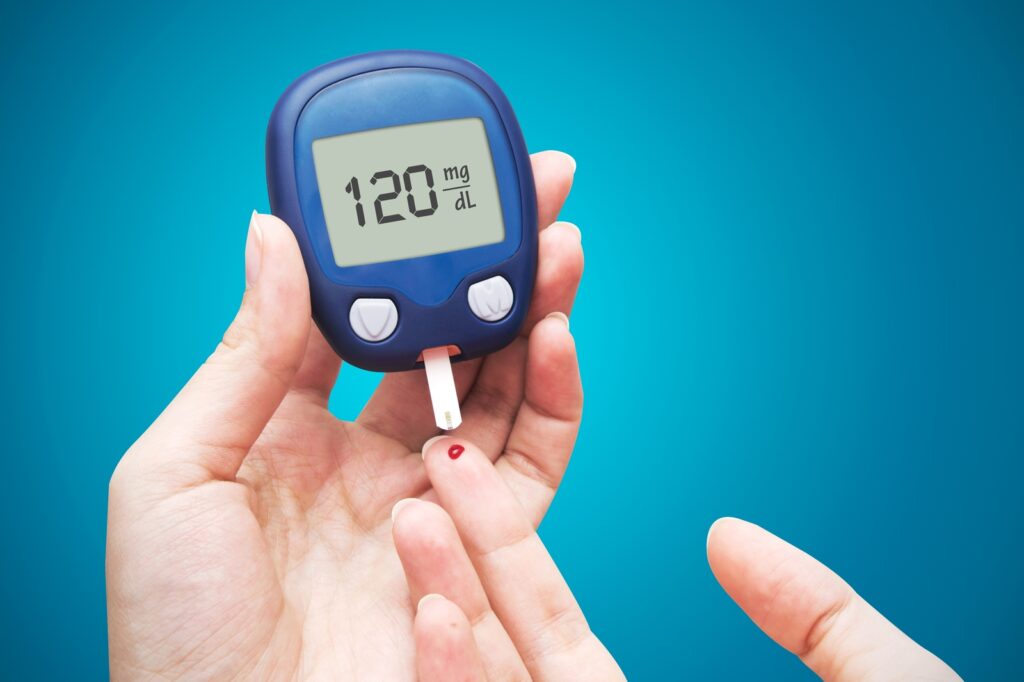Nitric oxide (NO) is a molecule produced naturally by the body that plays a crucial role in various physiological processes, including vasodilation, blood flow regulation, and immune response. Maintaining optimal nitric oxide levels is important for overall health and may have numerous benefits, including improved cardiovascular function, exercise performance, and cognitive health. Incorporating foods rich in nitric oxide precursors and other nutrients that support NO production can help boost levels in the body. In this comprehensive guide, we’ll explore the top 10 foods that can naturally increase nitric oxide levels.
Beets
Overview
Beets are one of the best dietary sources of nitrate, a precursor to nitric oxide. When consumed, nitrate is converted into nitric oxide in the body, helping to relax blood vessels and improve blood flow. Beets also contain antioxidants and other beneficial nutrients that support cardiovascular health.
How to Enjoy
Beets can be enjoyed raw, roasted, steamed, or juiced. Try adding sliced beets to salads, roasting them as a side dish, or blending them into smoothies for a nutritious boost.
Leafy Greens
Overview
Leafy green vegetables such as spinach, arugula, kale, and Swiss chard are rich sources of dietary nitrates. These nitrates can be converted into nitric oxide in the body, promoting vasodilation and enhancing blood flow. Leafy greens are also packed with vitamins, minerals, and antioxidants that support overall health.
How to Enjoy
Incorporate leafy greens into salads, stir-fries, soups, or smoothies for a nutrient-packed meal. Try adding spinach or kale to omelets, sandwiches, or wraps for an extra boost of nitric oxide.
Garlic
Overview
Garlic contains compounds such as allicin and S-allyl cysteine, which have been shown to promote nitric oxide production and improve endothelial function. Garlic also has antioxidant and anti-inflammatory properties that may benefit cardiovascular health.
How to Enjoy
Add fresh garlic to sauces, marinades, dressings, and soups for extra flavor and health benefits. Roasted garlic can also be spread on toast or added to mashed potatoes for a delicious and nutritious twist.
Citrus Fruits
Overview
Citrus fruits like oranges, grapefruits, lemons, and limes are rich in vitamin C, which has been shown to enhance nitric oxide production. Vitamin C helps support the function of nitric oxide synthase, the enzyme responsible for producing nitric oxide in the body.
How to Enjoy
Enjoy citrus fruits as a refreshing snack, or add them to salads, smoothies, or fruit salads for a burst of flavor and vitamin C. Squeeze fresh lemon or lime juice over grilled fish or vegetables for a zesty and nutritious finishing touch.
Pomegranates
Overview
Pomegranates are packed with antioxidants, including polyphenols and flavonoids, which have been shown to increase nitric oxide production and improve endothelial function. Consuming pomegranate juice or seeds may help promote heart health and enhance blood flow.
How to Enjoy
Enjoy fresh pomegranate seeds as a snack, or add them to salads, yogurt, oatmeal, or smoothie bowls for a nutritious and colorful addition. Pomegranate juice can also be enjoyed on its own or mixed with sparkling water for a refreshing beverage.
Watermelon
Overview
Watermelon is a delicious and hydrating fruit that contains citrulline, an amino acid that can be converted into arginine, a precursor to nitric oxide. Consuming watermelon or watermelon juice may help improve blood flow and exercise performance.
How to Enjoy
Enjoy fresh watermelon slices as a snack, or blend them into smoothies or juices for a refreshing and hydrating beverage. Watermelon can also be added to fruit salads, salsa, or grilled skewers for a sweet and summery twist.
Nuts and Seeds
Overview
Nuts and seeds such as almonds, walnuts, flaxseeds, and chia seeds are rich sources of arginine, an amino acid that can be converted into nitric oxide in the body. Additionally, nuts and seeds contain heart-healthy fats, fiber, and antioxidants that support cardiovascular health.
How to Enjoy
Enjoy nuts and seeds as a snack on their own, or add them to salads, yogurt, oatmeal, or baked goods for extra crunch and nutrition. Nut and seed butters can also be spread on toast, fruit, or vegetables for a delicious and satisfying snack.
Dark Chocolate
Overview
Dark chocolate contains flavonoids, particularly epicatechin, which has been shown to stimulate nitric oxide production and improve endothelial function. Consuming moderate amounts of dark chocolate may help support heart health and enhance blood flow.
How to Enjoy
Choose dark chocolate with a high cocoa content (70% or higher) for maximum health benefits. Enjoy a few squares of dark chocolate as a treat, or use it to make homemade desserts such as brownies, truffles, or chocolate-dipped fruit.
Turmeric
Overview
Turmeric contains curcumin, a compound with potent antioxidant and anti-inflammatory properties. Curcumin has been shown to increase nitric oxide production and improve endothelial function, which may benefit cardiovascular health.
How to Enjoy
Incorporate turmeric into your diet by adding it to curries, soups, stews, or smoothies for a vibrant color and flavor. Golden milk, a warm beverage made with turmeric, milk, and spices, is a delicious and nutritious way to enjoy the health benefits of turmeric.
FAQs About Nitric Oxide-Boosting Foods
What is nitric oxide, and why is it important for health?
Nitric oxide (NO) is a molecule produced naturally by the body that plays a crucial role in various physiological processes, including vasodilation, blood flow regulation, and immune response. Maintaining optimal nitric oxide levels is important for cardiovascular health, exercise performance, and overall well-being.
Can nitric oxide-boosting foods help lower blood pressure?
Some research suggests that consuming foods rich in nitric oxide precursors, such as beets, leafy greens, and garlic, may help lower blood pressure by promoting vasodilation and improving blood flow. However, individual responses may vary, and it’s essential to incorporate a balanced diet and other lifestyle factors for optimal blood pressure management.
Are there any side effects of consuming nitric oxide-boosting foods?
Nitric oxide-boosting foods are generally safe for most people when consumed as part of a balanced diet. However, some individuals may experience digestive discomfort or allergic reactions to certain foods. It’s essential to listen to your body and consult with a healthcare professional if you have any concerns or underlying health conditions.
How much of these foods should I consume to boost nitric oxide levels?
There is no specific recommendation for the amount of nitric oxide-boosting foods to consume, as individual needs may vary based on factors such as age, sex, and overall health status. However, incorporating a variety of these foods into your diet regularly can help support nitric oxide production and overall health.
Can supplements help boost nitric oxide levels?
While some supplements claim to boost nitric oxide levels, it’s essential to approach them with caution and consult with a healthcare professional before taking any new supplements. Consuming a balanced diet rich in nitric oxide-boosting foods is generally the safest and most effective way to support nitric oxide production.
Can nitric oxide-boosting foods improve exercise performance?
Some research suggests that nitric oxide-boosting foods, particularly beetroot juice, may help improve exercise performance by enhancing blood flow and oxygen delivery to muscles. However, individual responses may vary, and other factors such as training regimen, hydration, and recovery play a significant role in exercise performance.
Are there any foods to avoid that may inhibit nitric oxide production?
While there are no specific foods to avoid that directly inhibit nitric oxide production, consuming a diet high in processed foods, unhealthy fats, and refined sugars may negatively impact cardiovascular health and overall nitric oxide levels. It’s best to focus on consuming whole, nutrient-rich foods to support optimal nitric oxide production and overall well-being.
Conclusion
Incorporating nitric oxide-boosting foods into your diet is a delicious and nutritious way to support cardiovascular health, exercise performance, and overall well-being. From beets and leafy greens to garlic and dark chocolate, these foods offer numerous health benefits beyond just increasing nitric oxide levels. By incorporating a variety of these nutrient-rich foods into your meals and snacks regularly, you can enjoy improved health and vitality for years to come.
- The Evolution Of THC Soda: From Homemade To Mainstream Brands - June 6, 2025
- What Is A Demiromantic? Exploring Emotional Connection Before Romance - June 4, 2025
- Neck Line Filler Treatment Near Sutton, Surrey - June 4, 2025




